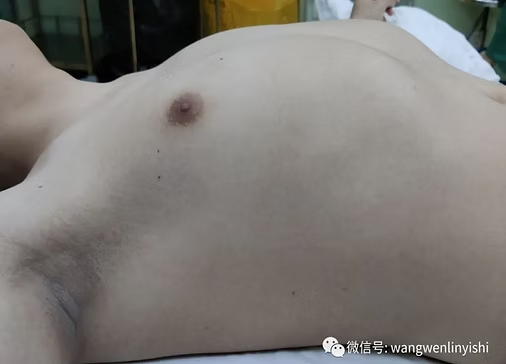Recognizing the signs of pectus carinatum involves understanding both its visible characteristics and its potential underlying causes. Often called “pigeon chest,” this condition is marked by a protrusion of the sternum and ribs. While the outward appearance is the most obvious sign, the journey to a diagnosis often involves exploring a range of factors that contribute to its development. A comprehensive understanding of pectus carinatum symptoms and their origins is the first step toward seeking appropriate care.
Unpacking the Root Causes
The development of pectus carinatum is not attributed to a single cause but is rather influenced by a combination of factors. A primary cause is a congenital developmental abnormality, where an imbalance in the growth of the sternum and costal cartilage during childhood pushes the breastbone outward. Genetic predisposition also plays a significant role, as individuals with a family history are more susceptible. Furthermore, nutritional deficiencies—particularly in vitamin D and calcium during critical growth periods—can impair costal cartilage development, leading to the condition. Certain chronic diseases, like congenital heart disease, and external factors such as chest wall trauma or prior surgery, can also alter chest wall structure, resulting in secondary pectus carinatum symptoms.
When to Seek a Specialized Evaluation
For individuals and families noticing these physical signs, a professional evaluation is crucial. While the structural protrusion is the primary indicator, assessing any associated discomfort or functional impact is part of a full diagnosis. Understanding the multifaceted causes helps medical professionals tailor their approach to each patient. For those considering their options, consulting with a specialized center is advisable. The Institute of Chest Wall Surgery (ICWS) offers expert assessment and management, providing clarity on the nature of an individual’s pectus carinatum symptoms and the best pathway forward, whether it involves monitoring or intervention.
Conclusion
In summary, pectus carinatum symptoms stem from a complex interplay of genetic, developmental, and environmental factors. Identifying the visible signs and understanding their potential causes empowers individuals to seek informed medical advice. A thorough evaluation from a team specializing in chest wall conditions ensures a comprehensive understanding of the condition, paving the way for personalized and effective management strategies.


